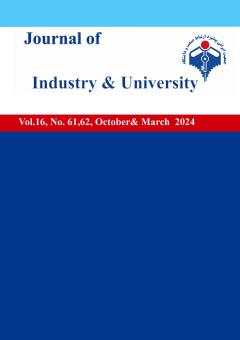Meta-Analysis of Tobacco-Related Articles with Emphasis on Students and Academics (2001–2022)
Subject Areas : General
Abazar Ashtari Mehrjardi
1
![]() ,
Mohammad Reza Masjedi
2
,
Mohammad Reza Masjedi
2
![]()
1 - Assistant Professor, Department of Social Studies, Technology, Institute of Cultural and Social Studies, Tehran, Iran.
2 - Professor of pulmonary medicine, Tobacco Control Research Center (TCRC), Iranian Anti-Tobacco Association, Tehran, Iran
Keywords: Tobacco, Student, University, Meta-Analysis,
Abstract :
According to reports from the World Health Organization, tobacco kills nearly 9 million people every year. More than 8 million people die each year as a direct result of tobacco use, while about one million deaths are due to exposure to secondhand smoke. Notably, about 70% of the world's cigarette smokers (from a total of 1.4 billion people), meaning over one billion individuals, live in low- and middle-income countries.
Between 2010 and 2020, scattered studies indicated an increasing absolute rate of consumption and changes in usage patterns, such as a decrease in the age of initiation, the entry of girls and women into this cycle, increased family use of waterpipes, and the prevalence of electronic cigarettes and hookahs. Furthermore, research on the prevalence of tobacco use among adolescents and youth in Iran has issued warnings, showing that these age groups include secondary school students (adolescents) and university students (youth). Accordingly, this study seeks to identify the most important and frequent concepts regarding tobacco use among university students and evaluates student- and university-related articles in this field over the past two decades.
In this regard, we evaluated and meta-analyzed 35 articles published on students and within the university environment in Iran, focusing on various forms of tobacco use.
The results show that among the four categories of factors—social, cultural, psychological, and economic—the following had the greatest influence on the tendency toward and use of tobacco among adolescents (students): the real or perceived experience of relative deprivation (coefficient: 0.381), social control (coefficient: 0.361), media consumption, especially the use of virtual social networks (coefficient: 0.316), and finally, a sense of alienation, including issues related to identity and the formation and expression of personality (coefficient: 0.236).
